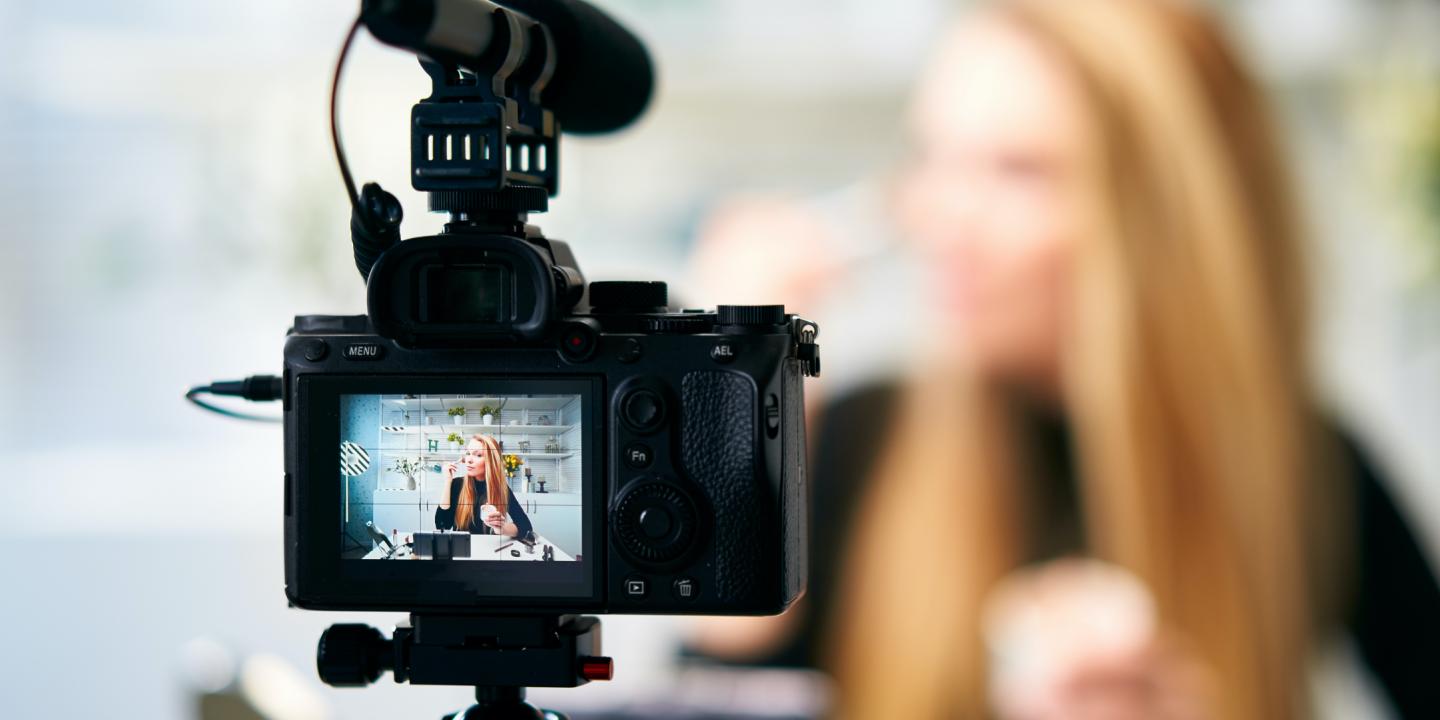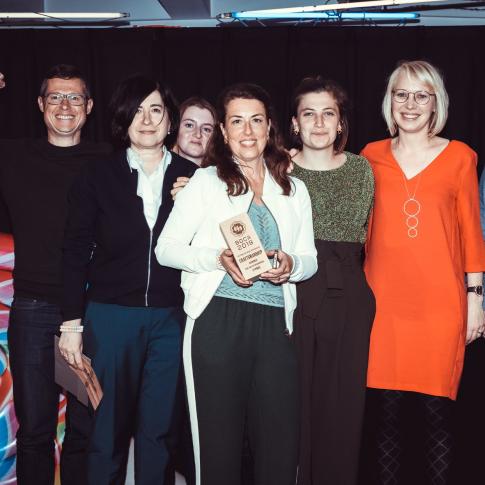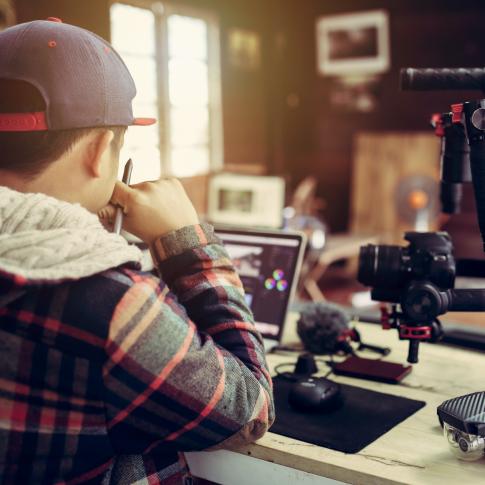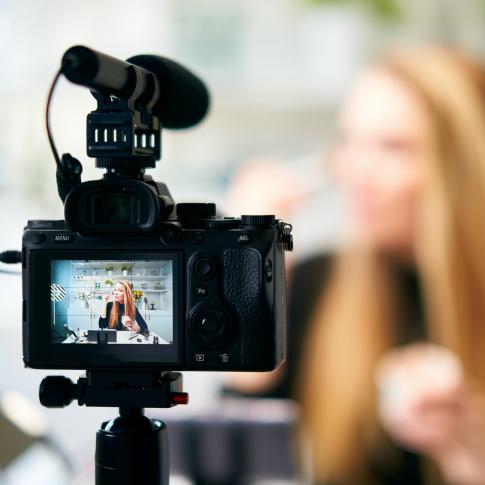
Pieter Vereertbrugghen
3 common misconceptions about video testimonials corrected
Blowing your own trumpet about your brand, company or product lacks credibility. It’s much more persuasive to let your customers do the talking. Video testimonials in particular are incredibly effective, as they are hard to fake. However, despite this, they are still relatively uncommon in this country. Let’s take a look at the three most common misconceptions about video testimonials.
Video testimonials are incredibly effective as they are hard to fake. They reinforce your credibility and prove that you actually do offer good products and services. Video testimonials are particularly useful at the end of the sales funnel to remove any lingering doubts that your prospects might have. They also fit in perfectly with the growing trend for more visual storytelling. Our 11 practical tips will point you in the right direction.
There are three common misconceptions about video testimonials:
“I don’t think my customers will want to cooperate”
From our experience, that isn’t the case. In B2B, companies often have close, long-term relationships with their customers, who are almost always prepared to cooperate, not least because the testimonial is also important for their own company. A good video testimonial is never just about you: it actually focuses on your customer. In B2C, true fans even record and post videos on YouTube on their own initiative.
However, there’s no need to wait for them to do this. Contact your best customers and you’ll be surprised at how many positive reactions you receive when you ask for their cooperation in creating video testimonials. This is especially true if you clearly explain what your objectives are, what the video will look like and how it will be used. Before shooting even starts, we always make good verbal and written agreements, to create a strong foundation of trust.
“Video is far too expensive for us”
A video testimonial doesn’t have to look like a Hollywood blockbuster or a commercial. Actually, it shouldn’t, because the first aim of your video testimonial is to be credible and authentic – for instance, your customer can say ‘er’ or ‘uh’ a few times during the testimonial. However, ‘authentic’ is not the same as ‘amateurish’. Testimonials shot off the cuff with a smartphone are generally not a good idea. Unless you’re Lars von Trier, hand-held shots rarely lead to satisfactory results. Also bear in mind your customer: he or she would probably prefer to appear in a flattering way and not on a screen that’s continually shaking.
Have your video testimonial made by professionals who know the tricks of the trade. If you have little or no experience, so much can go wrong in terms of audio and image. You probably don’t have all the necessary equipment to deliver a good end product. A semi-professional photo camera may provide decent HD quality, but that’s usually not enough. You’ll probably need lighting equipment, an excellent microphone and editing software. Professionals already have all the equipment plus the experience, and they can put together a short video quickly for a relatively reasonable price.
“We already have written testimonials”
In our experience, the written word and video reinforce each other really well. A printed testimonial can be handed over quickly to a prospect at a trade fair – old school perhaps, but still useful. Videos are extremely popular on the internet and are easily shared on social media. If you’re making a testimonial anyway, why not create a written version as well for only a bit extra? When we do this, we tend to bring together a few short statements contained in the video, and then provide more detailed content in the written version.
Also read: 11 practical tips for creating effective video testimonials
Feel like making a video testimonial? Cypres can help you with the right content and efficient production. Please contact Pieter Vereertbrugghen for more information.



